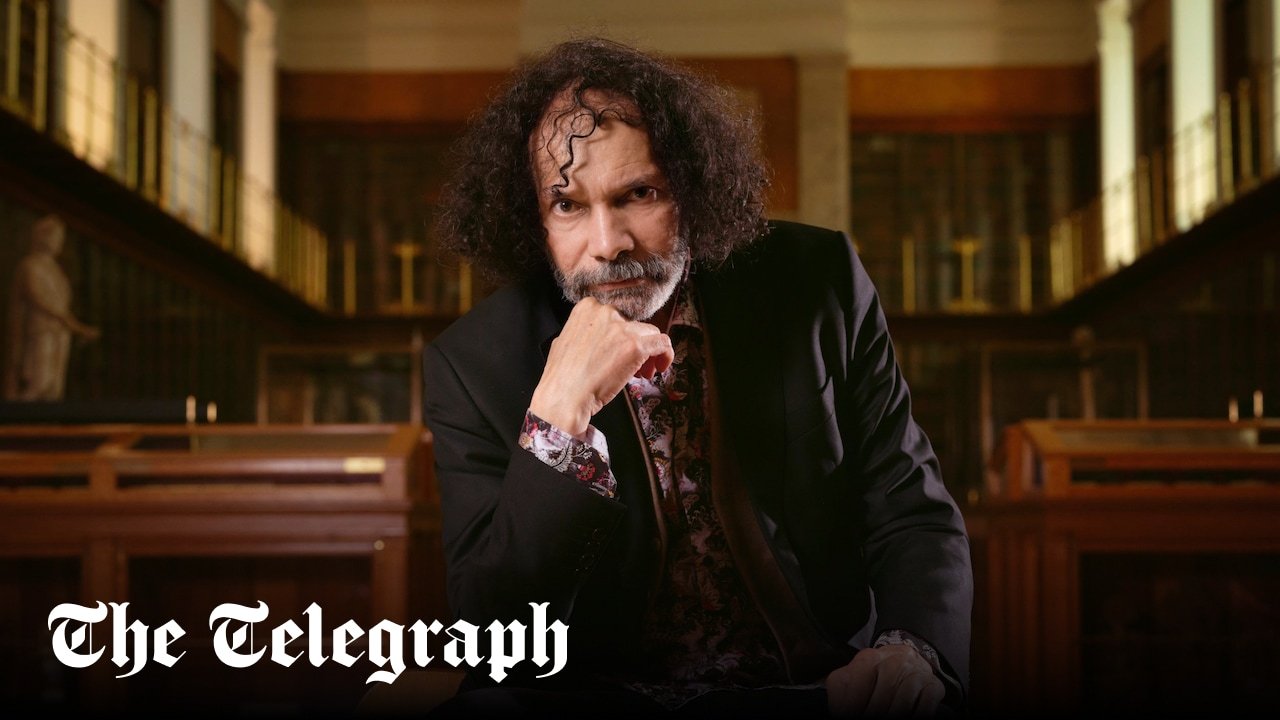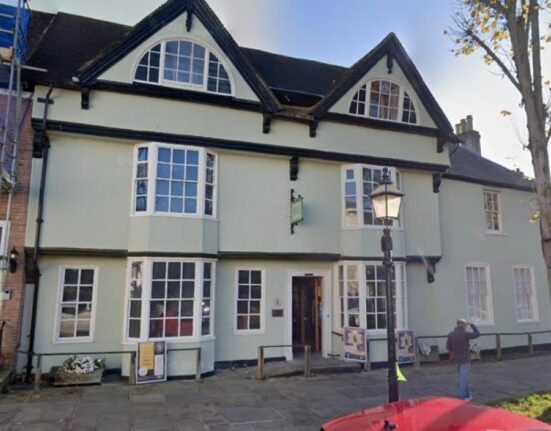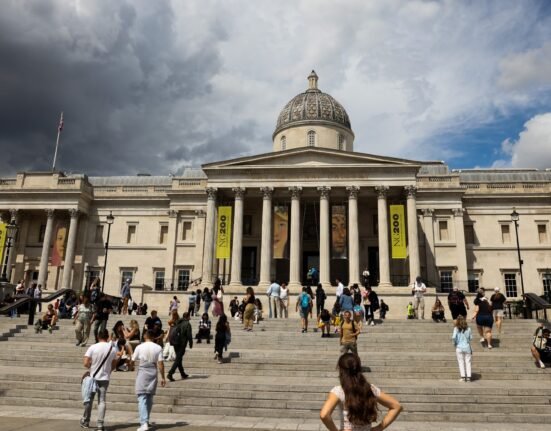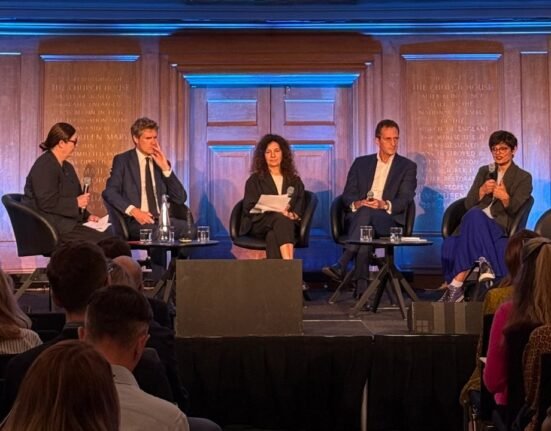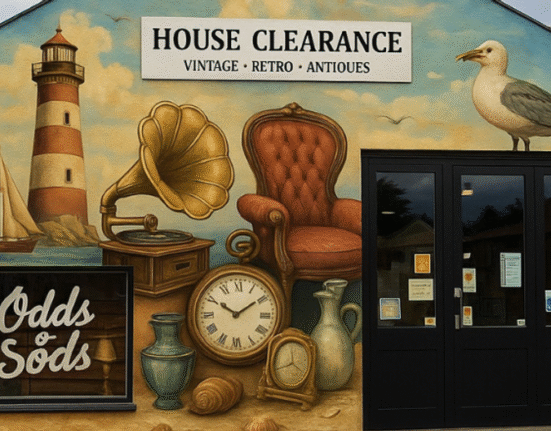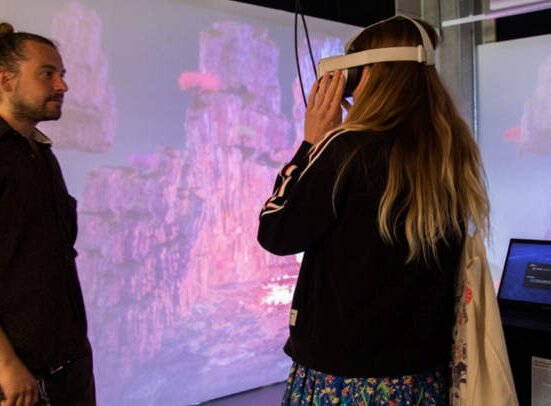Two years ago, his installation The Procession, a carnivalesque parade of almost 150 life-sized figures in glittering masquerade, filled Tate Britain’s neoclassical Duveen Galleries to jubilant effect. Simultaneously attractive and, as he once put it, “scarily surreal”, it was, Locke says now, “a complex piece”, touching on various topics including the slave trade and rising sea levels. “And people got that,” he tells me, “which was cool.”
At the British Museum, similar cardboard-and-fabric figures – called “Watchers”, akin to a “Greek chorus” – will be scattered throughout. Yet, Locke declares, presenting plundered objects and saying, “This is loot”, is “too easy”: “I’m not dictating how the public should think.”
Rather, one object he has chosen is the so-called “Asante Jug”, a 14th-century copper-alloy English ewer, looted by British troops from a palace in Kumasi, in present-day Ghana, during the Anglo-Asante war of 1895-96. “How did a medieval English ewer end up as an object of veneration in the Asante court?” asks Locke. “Was it loot? A gift from an ambassador?” He smiles. “I tend to embrace complication and nuance.”
This is the thing with Locke: he’s hardly some Britain-bashing, statue-smashing iconoclast. Long before demonstrators in 2020 toppled a bronze effigy of Edward Colston into Bristol harbour, Locke altered a photograph of the same statue by covering it with coins, cowrie shells and chains, alluding to the merchant’s involvement with the slave trade. He describes his intervention, Restoration (2006), as “mindful vandalism”.
Often, he swathes imagery in gleaming trinkets, like otherworldly vegetation. At the British Museum, he will display a 19th-century bust of Queen Victoria, crowned with a Medusa-like headdress embellished with hair extensions picked up in Brixton, where the artist lives. “I’m not a royalist, nor a republican,” he says. “I just find the whole thing fascinating.”

